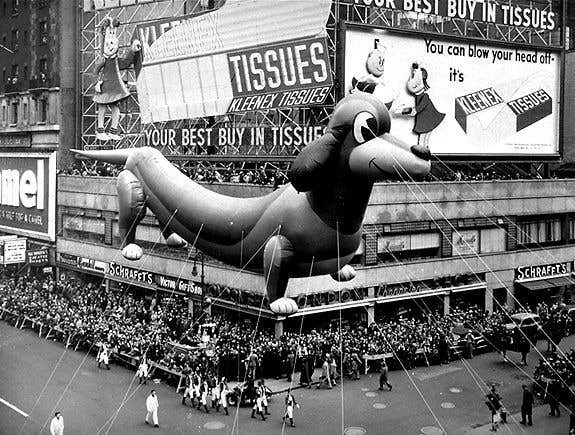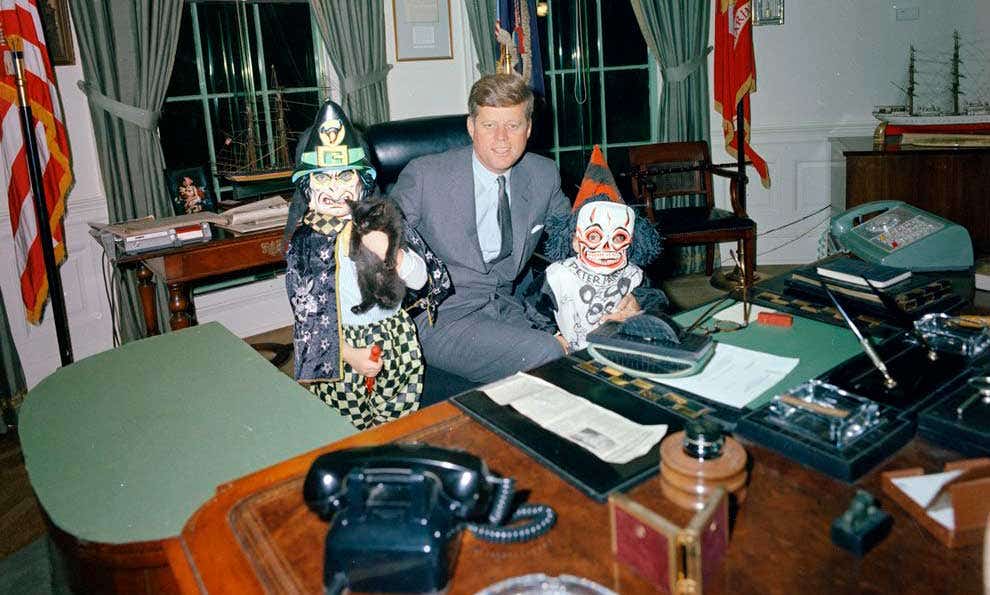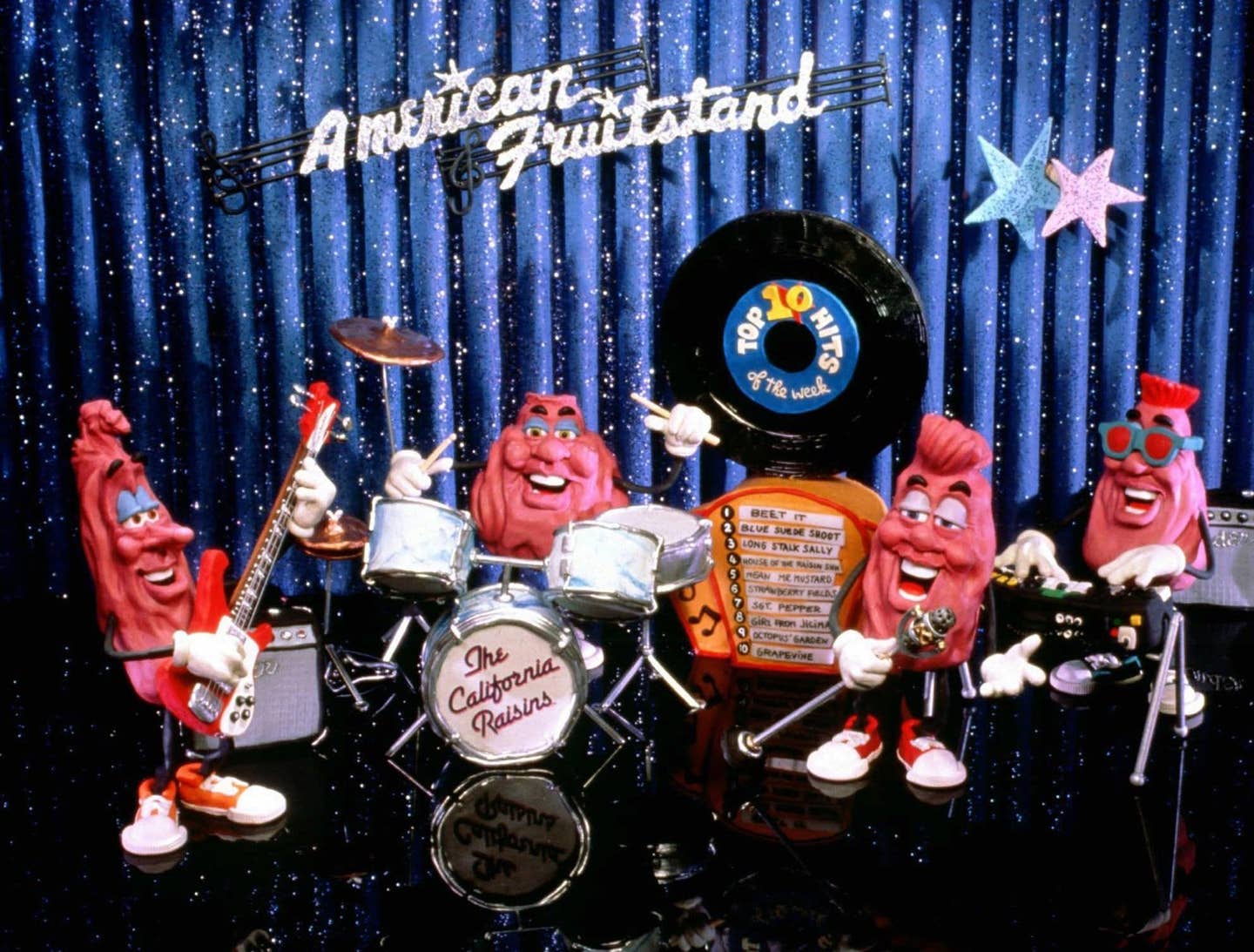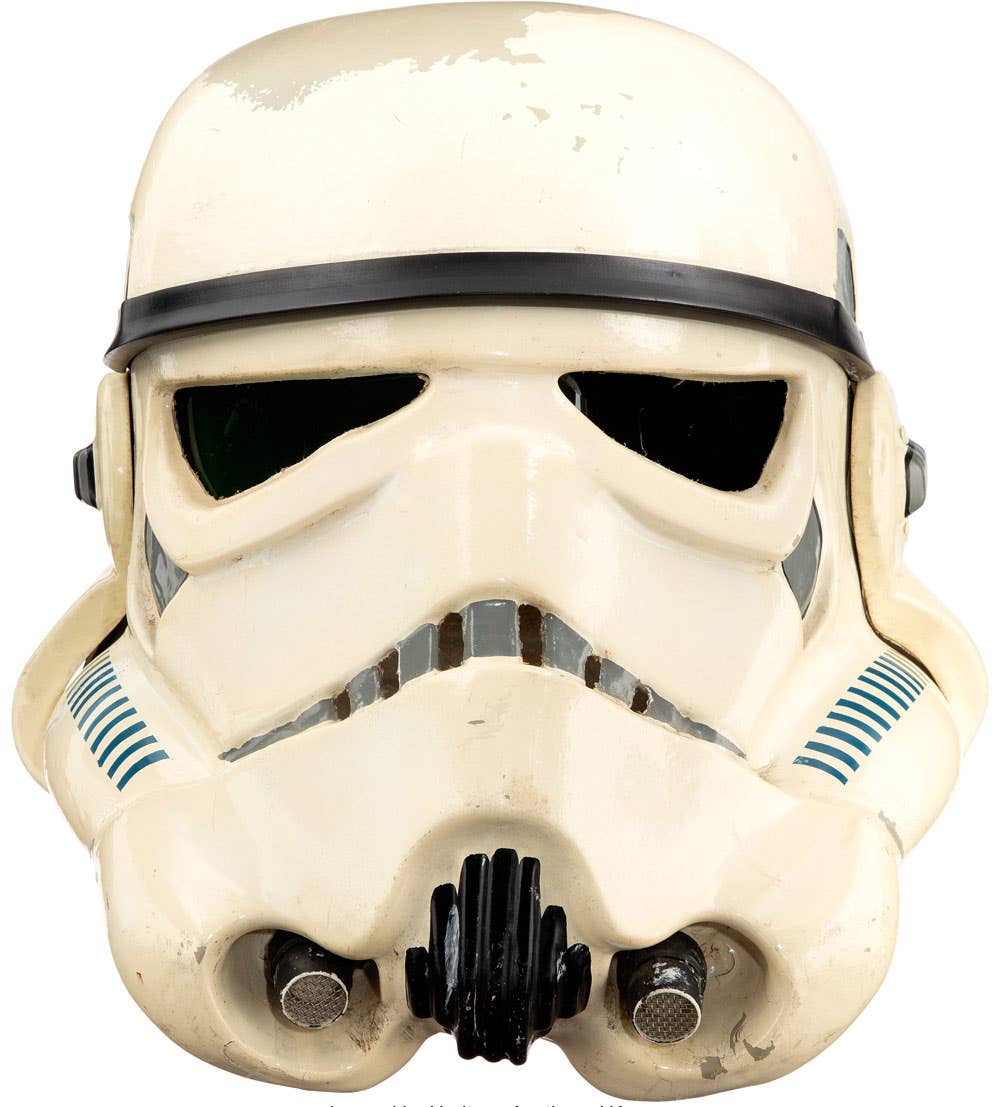Vintage Wacky Packages Nostalgic Collectibles for Adults
The collectible trading cards that parody consumer brands were once more popular than baseball cards.
If you were a kid in the 1970s, you probably recognized names like Blisterine, Cover Ghoul, Slopicana and Quacker Oats more than you did the real brand names of Listerine, Cover Girl, Tropicana and Quaker Oats.
You likely also had at least one of these stickers or another one like it that you plastered to something in your room, on your school desk or on the refrigerator when your mom wasn’t looking.
These were part of Wacky Packages by Topps. The collectible trading cards came in wax-paper packs just like baseball cards (complete with the brittle stick of pink bubblegum) and were spoofs of popular American products. Controversial at times, they were funny, goofy and yes ... wacky. Crest Toothpaste became “Crust” (and garlic flavored at that), Saran Wrap was “Satan Wrap,” Hostess Twinkies became “Hostile Thinkies,” Dr Pepper was dubbed “Dr Pooper” (and later “Dr Popper”) and even beloved breakfast cereal mascot Cap’n Crunch got turned into “Cap’n Crud.”
But Wacky Packages aren’t kid stuff anymore. They’re nostalgic collectibles for adults that can go for way more than the 5 cents a pack in their heyday. A 1973 Topps Series 1 wax box with 48 unopened packs, considered the Holy Grail for collectors, sold at Heritage Auctions in December for a whopping $49,200. Even common cards have an average value of $3-$4 for near mint ones from 1973-1975.
The first series of Wacky Packages (Wacky Packs to collectors) appeared in 1967 and featured 44 die-cut cards that were made to be punched out, licked on the back and stuck to surfaces.
Two years later, this original set was revamped in a Wacky Ads series, in which advertisements on billboards became the subject of the parody.
Wacky Packs didn’t really catch on until 1973, however, when they became stickers. With the Watergate scandal in 1972 and Mad Magazine at its peak popularity in 1973, the spoof stickers tapped into a burgeoning anti-establishment sentiment. It was the dawn of the age of irony and Wacky Packs grabbed the attention of a rebellious generation who seemed to relish the thought of comedic and sometimes mean-spirited and edgy parodies of everyday consumer products. Kids swapped, traded and bartered these stickers and covered their books, lockers, desks, skateboards, bikes, walls and any other visible flat surface they could think of with them. At the height of their popularity in 1973-1974, Wacky Packs even outsold baseball cards.
In the foreword to the book, Wacky Packages (Abrams; 2008), artist and author Art Spiegelman, who worked for Topps before becoming best known for his Pulitzer Prize-winning Holocaust memoir Maus, writes: “Wackies were a young child’s first exposure to subverting adult consumer culture. Now, 35 years later, that generation has matured into adults who can afford to nostalgically consume a deluxe volume brimming with that subversion.”
The parody names were amusing, but for a newly visual generation of kids, the pièce de résistance was the accompanying artwork. Always eye-catching, the art on the stickers ranged from mild — like a duck replacing the old guy on the box of Quacker Oats — to delightfully off-putting, with faces that had popping veins and bulging eyes and in the case of “Hostile Thinkies,” snack cakes that looked like pink chunks of human brains.
The artists who created these images were no slouches, either. The first Wacky Packages’ series in 1967 featured parodies created by Spiegelman and prolific pulp and commercial artist Norman Saunders, who continued to paint them until the 16th series in 1976. Saunders’ Wacky work has sold at auction for thousands of dollars. His illustration for the Wacky Packages 10th Series “Brute 88” card from 1974 sold at Heritage Auctions in 2016 for $23,900.
Other notable people who lent their talents were cartoonists and comics artists, many in the underground comix movement, including Bill Griffith, the artist behind the “Zippy the Pinhead” comic strip, Kim Deitch, George Evans, Drew Friedman, Bill Griffith, Jay Lynch, Bhob Stewart and Tom Sutton.
By the time Wacky Pack-mania had begun to settle, Topps had issued 16 series from 1973 through 1977 alone.
In years that followed, reprints and even a sticker book version of the series was rolled off the assembly line by Topps. A revamp of the series in the mid-1980s and 1991 proved much less successful. When the cards made their return in 2004, however, they found success with a new generation and got a new lease on life, and cards and series sets are still being mass produced today. The series has also seen spin-offs, in which posters and postcards were produced, and there has been merchandising also of the series, via T-shirts, and books, graphics, stuffed oversized plush versions of some of the parody products and even erasers, all which sport the Wacky Packages licensed logo. Even Wonder Bread used to include stickers within its loaf bags, which were successful enough to spawn their own series sets as well.
Last year, Topps partnered with Super Impulse to create 3D miniatures based on the classic parody stickers. Blind packed in a pudding cup of sorts, Wacky Packages Minis feature a mix of “old skool” satire including Band-Ache and Speed Sick, along with “new skool” wit like Crypt’s Ahoy! and Ghoul Scout Cookies. Each cup contains five mini products, an original Wacky Packages sticker, and a collector checklist.
But not everyone was amused by Wacky Packs — namely some of the brands that were parodied — and certain controversial cards, 14 of 44, were pulled from the first series including “Cracked Animals,” “Ratz Crackers,” “Kentucky Fried Fingers,” “Moron Salt” and “Jolly Mean Giant,” after Topps received cease-and-desist letters. Moron Salt continued to rub Morton Salt the wrong way, even long after its parody sticker was originally pulled, and the company filed a lawsuit against eBay in 2003 for selling the sticker — still salty about it after more than 25 years. The Moron Salt Wacky stickers from 1967 are sought after by collectors and being sold on eBay today; several have sold recently in the $90 range.
There is a large community of collectors and traders hunting down, bargaining and haggling for classic Wacky stickers. Thousands of vintage Wacky Packs can be bought online including at Etsy.com and eBay.com. A recent check showed cards ranging in price from $1 to thousands for single ones, including die-cut #10 from 1967 for Cover Ghoul for $3,895, to $2,222 for a set of 257 cards from the 1970s. Some other sets from the 1970s are being offered for between $800 to $1,500; original artwork by Jay Lynch for Bug Wally, from the 1975 Series 13 was being offered for $14,000. Wacky packages that have recently sold range from $1 for single cards to $500 for a rare variation of the 1967 die-cut “6UP,” and sets of 10 stickers for $5 to $1,999 for an original unopened test pack from 1979 and $5,000 for a lot of more than 100 unopened packs.
Wacky packs also often appear for bid at LiveAuctioneers.com, Hake’s Auctions and Heritage Auctions. On April 11 at Heritage, two lots of Series 1-10 stickers from 1973-1974 sold for $1,110 and Series 1-14 from 1973-1975 sold for $564.
For collectors who want to know the value of cards they have, there’s the excellent reference website, www.wackypacks.com. This was started in 1999 by Greg Grant, director of bioinformatics at the University of Pennsylvania, and who may be the world’s foremost Wacky Package historian.
Grant’s site has been referred to as “the deepest and widest collectors site for any collectible of all time” and you can not only find a current appraisal guide there, but also the latest news, information on selling Wacky Packs, a hotline, forum, online store, a virtual tour of all-time favorites, and everything else related to them.
You can also see cards at lostwackys.com, including ones made by collectors, such as Mallomartians.
Wacky Packages’ heyday from 1973 to 1975 may have been short, but nostalgia is still strong for this earlier irony that was left behind decades ago.








